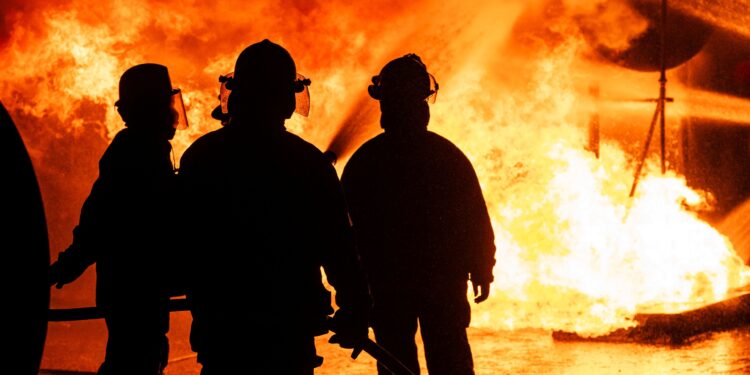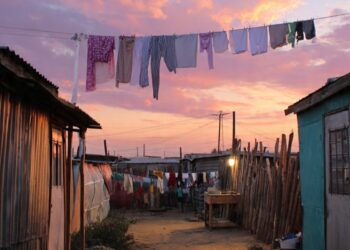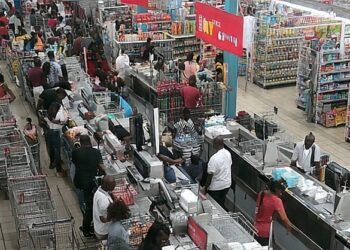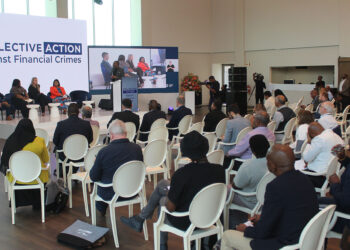South Africa’s major metropolitan areas are grappling with a firefighting crisis that threatens public safety across the country’s most densely populated regions. From Gauteng’s equipment shortages to the Free State’s near-collapsed services, municipal fire departments are struggling to protect communities, prompting private companies to enter the emergency response market.The current state of firefighting services across Gauteng, Free State and KwaZulu-Natal
The statistics from Gauteng paint a stark picture of underfunded emergency services. While the province nominally operates 92 fire trucks, only 57 remain in working condition, severely limiting deployment capacity [The Star; SowetanLIVE; Eyewitness News].
The staffing crisis is equally dire. With approximately 4,642 firefighters serving over 15 million residents, Gauteng faces a massive shortfall. International standards recommend one firefighter per 1,000 residents, meaning the province should employ closer to 15,000 firefighters. Currently, 2,104 posts remain unfilled [The Star; EWN].
The Free State’s Mangaung Fire and Rescue Services exemplify the depth of the crisis facing municipal firefighting across the country. Reports indicate the service is “on the brink of collapse,” with severe understaffing leaving many shifts with fewer than half the required operational personnel [Bloemfontein Courant].
eThekwini municipality, serving the Greater Durban area, maintains emergency services infrastructure but faces similar pressures. Understaffing and stretched capacities across informal settlements and high-risk zones have resulted in delayed response times during critical incidents [The Witness]. Access limitations and resource constraints continue to hamper effective emergency response in the metro’s most vulnerable areas.
The Human Cost
The implications of compromised firefighting services extend far beyond statistics. Delayed response times directly increase the risk of injuries, fatalities, and property damage. Vulnerable populations, including children and older people, face heightened exposure to fire-related dangers.
The economic and social costs are equally severe. Businesses face disruption, homes are destroyed, and displaced families become humanitarian concerns. Secondary impacts, including smoke pollution, trauma, and infrastructure damage, ripple through affected communities.
Private Sector Response
Amid these public sector pressures, private initiatives are emerging to fill critical gaps. Matrix Vehicle Tracking recently launched FireStop, a dedicated private firefighting service operating across Gauteng, Free State, and KwaZulu-Natal
The service, available to Matrix and Beame clients, offers rapid tactical firefighting assistance for homes and vehicles. For a monthly fee, clients access a 24-hour call centre with response crews dispatched within 60 seconds during daylight hours.These private services often bring specialised resources, advanced technology, and rapid deployment capabilities that municipalities cannot currently sustain independently.
The combined efforts of public and private sectors may prove essential to building resilient firefighting frameworks for South Africa’s urban areas.
For millions of South Africans in Gauteng, Bloemfontein, Durban, and beyond, the effectiveness of this response will determine whether help arrives in time when disaster strikes. Private Sector involvement is a step in the right direction. If nothing more, these services fill the gap while the public sector prepares to ensure daily readiness, equip staff, and improve capacity.
Deescribe
Soweto Sunrise News
































